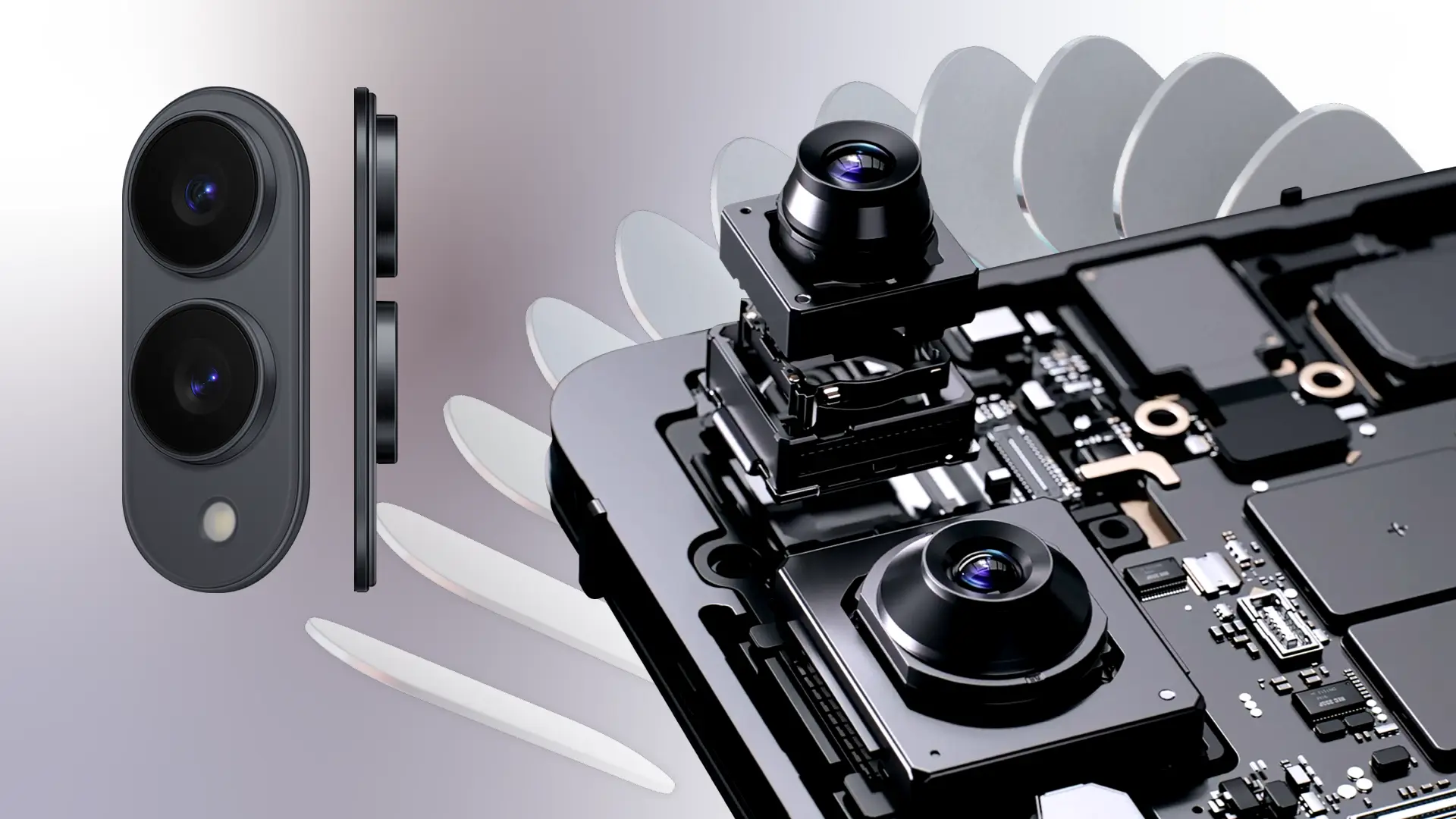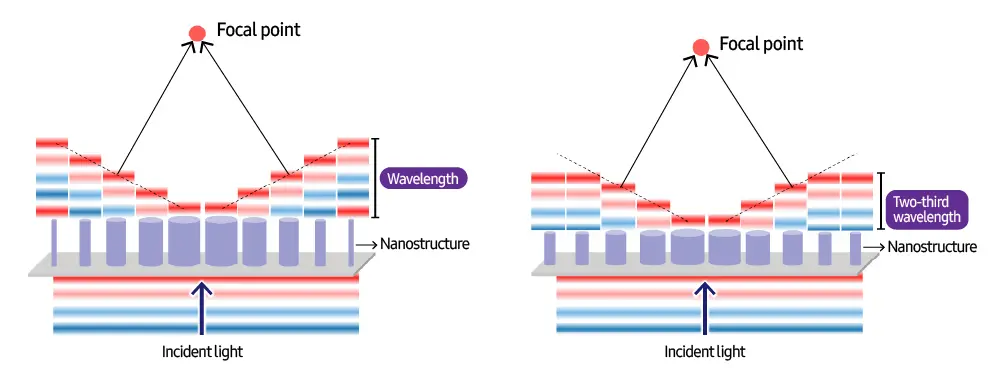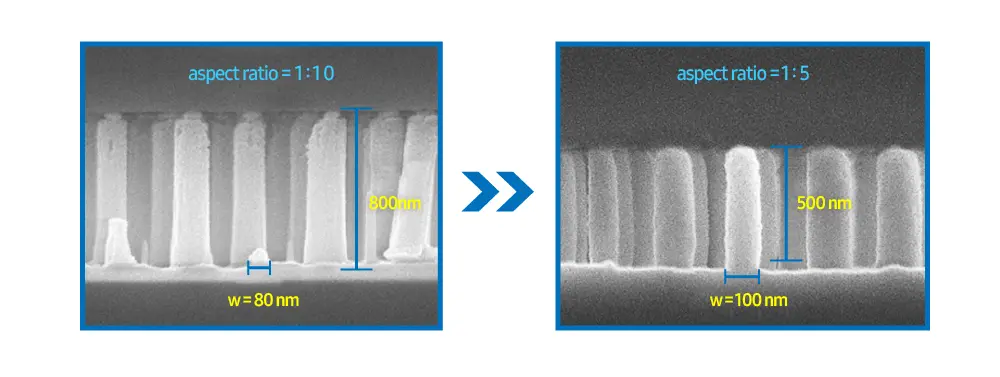
Samsung has unveiled Metalens Camera technology, which helps to reduce the weight of XR devices and also seems efficient for advancements in optics that promise to revolutionize the design of future devices.
The Korean tech giant is about to launch its first XR headsets anytime soon, which were recently spotted on the FCC certification. Meanwhile, the company has demonstrated Metalens Camera technology, which aims to reduce the weight of the XR device and is also expected to wipe out the bulky camera design from future smartphones.
Samsung collaborated with POSTECH and partnered on this project and published a research paper internationally, where the white paper is titled “Compact eye camera with two-thirds wavelength phase-delay metalens.” The demonstration of the paper showcases that the metalenses are ultra-thin lenses, which manipulate light using nanostructures.

Samsung and the POSTECH team developed an ultra-compact infrared eye camera for the XR devices, which is claimed to reduce the thickness by 20% (from 2.0mm to 1.6mm) over refractive-lens cameras, resulting in reduced weight and volume.

Reportedly, the newly introduced camera integrated with metalens also achieved precise gaze tracking and iris feature-point recognition at a wide 120-degree field of view and also upgraded modulation transfer function (MTF) performance from 50 to 72 percent. It’s expected that Samsung could use this metalens in a newly discovered technology that could be featured in future Galaxy devices, which will be efficient to make the device lighter and sleeker.
The metalens reduces the required nanostructure aspect ratio to about 1:5. This nanostructure height reduction is made possible without compromising optical performance. Regarding this, Dr. Jeong-Geun Yun, Samsung Research, stated, “Metalenses have been difficult to commercialize due to complex fabrication and low mechanical stability. To overcome this, we collaborated with experts in design, simulation, manufacturing, and validation to develop a new nanostructure design method.”



